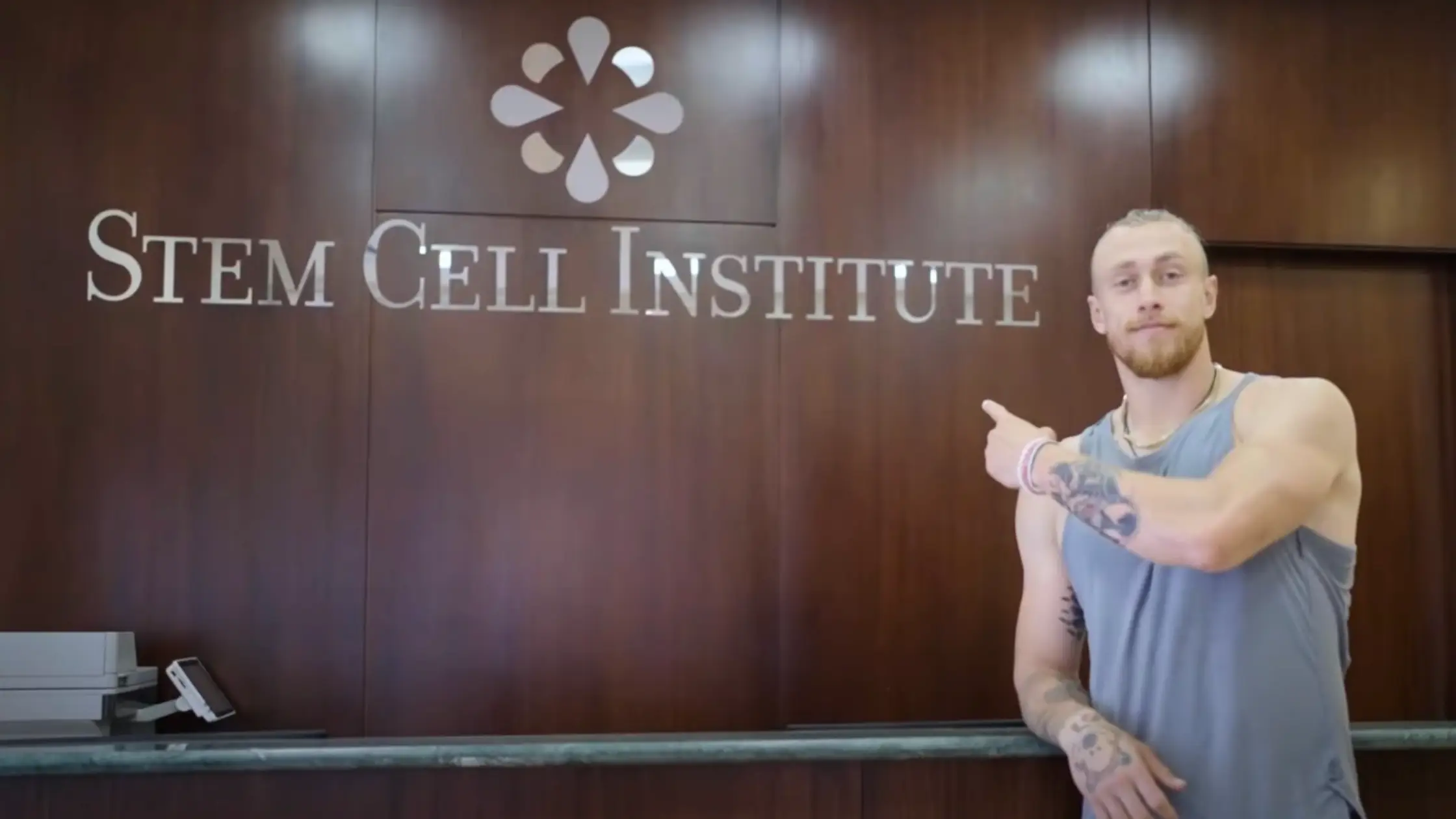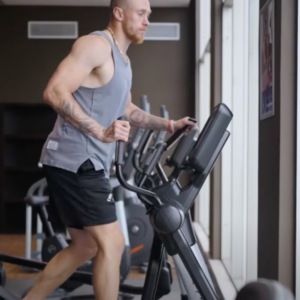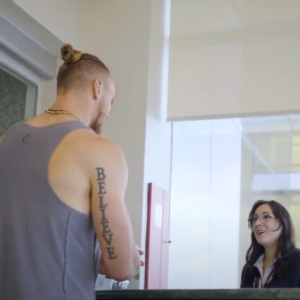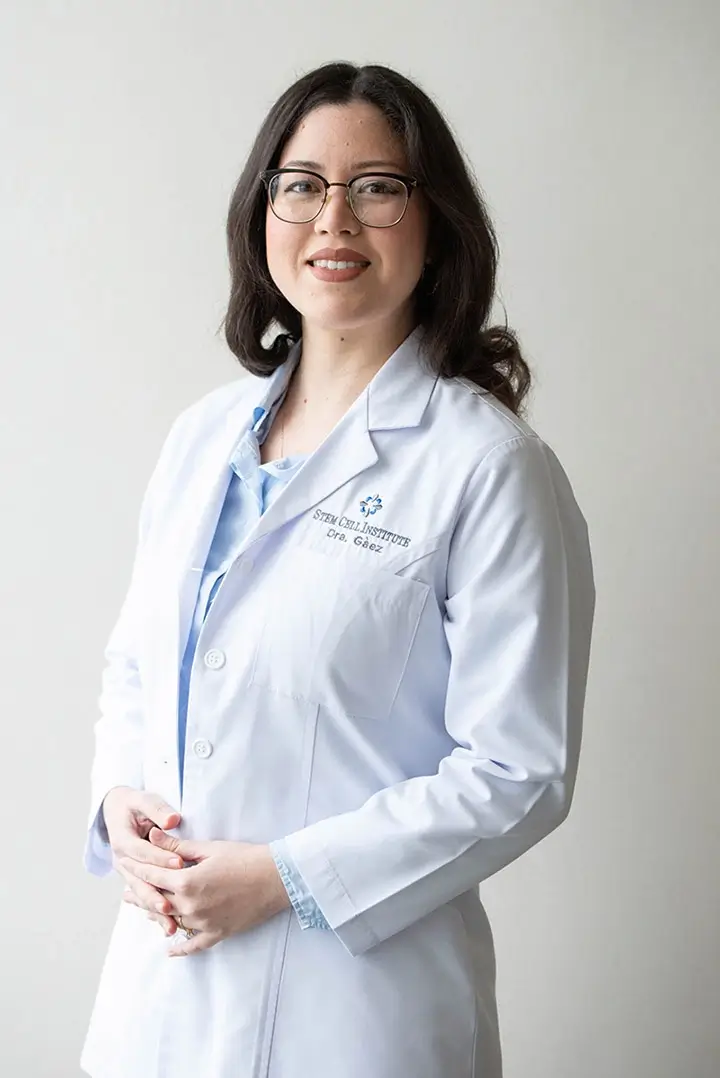
Professional football player George Kittle sought innovative solutions for his injuries. Stem Cell Institute in Panama provided him with stem cell treatment during the off-season, allowing him to maintain his performance without traditional rest or surgery. Kittle’s experiences highlight the benefits of stem cell therapy for sports injuries, facilitating healing and recovery while minimizing downtime.
In this blog, we’ll look at some of Kittle’s football injuries that were helped by stem cell therapy. They include:
- Double Achilles tendinosis
- ACL and MCL tears
- Rotator cuff tears
- Tennis elbow
- Runner’s knee
George Kittle has seen a remarkable improvement in his health since his last stem cell treatment, especially with his double Achilles tendinosis. He hasn’t had any issues with this condition since then. Even though injuries are part of his profession, Kittle was able to stay on the field all season, which he credits in large part to stem cell therapy at Stem Cell Institute Panama. Along with staying in the game, he’s enjoying more energy, better sleep, and improved mental health.
George Kittle’s Football Injuries Treated By Stem Cell Therapy
As a professional athlete, George Kittle is no stranger to the aches and pains of his profession. However, American football brings its own unique challenges. Football is an intense contact sport that offers more ways to get hurt than simply pulling a muscle. This inspired him to look for a new way to treat his injuries in the off-season, eventually leading him to Stem Cell Institute.

“I play football. It’s a very physical game and it takes a toll on your body. One of the worst things I dealt with was double Achilles tendinosis in both my Achilles tendons. The sheath wasn’t moving very well and everything was rubbing causing friction. It’s not a very fun thing to deal with when you’re dealing with your Achilles tendon and you’re playing a sport.”
On top of double Achilles tendinosis, Kittle has also been hurt multiple times. “I’ve had injuries that have removed me from play and I’ve had injuries that I’ve had to play through,” he says. “By the end of the day they’re all painful and they all kind of stack up on top of each other. Once you get to so many then there’s only so much you can tolerate.”
“That’s one of my big reasons for coming down here—to try to fix those things and to be as healthy as I can be going into a season.”
Learn the difference our Golden Cells™ made for George Kittle and how they may be able to help you.
Double Achilles Tendinosis
Double Achilles tendinosis (bilateral Achilles tendinosis) is a chronic degenerative condition in both Achilles tendons. These tendons connect the calf muscles to the heel bone, but microscopic damage and breakdown of tissue (tendinosis) can occur due to injury or overuse without the proper time to heal. In Kittle’s case, both tendons were affected.
In most cases, double Achilles tendinosis could be treated with:
- Pain management
- Physical therapy
- Surgery
Many athletes don’t have time during the season to receive that kind of invasive treatment, which leads them to pursue more advanced methods like stem cell therapy.
ACL and MCL Tears
Short for the anterior cruciate ligament in the knee, the ACL helps stabilize and control the joint’s movement. An ACL tear can be caused by sudden:
- Pivoting
- Stopping
- Jumping
All are common movements in football.
MCL tears are similar to ACL tears. They are knee injuries involving the medial collateral ligament, which stabilizes the inner knee. It usually results from excessive sideways force, causing partial or complete ligament damage.
Without treatment, both types of tears can result in pain, swelling, and instability. Rest, physical therapy, and surgery are common treatments, but surgery may be required in severe cases. As with other football-related health issues, these options aren’t possible during the season, leading athletes to pursue stem cell therapy during their off time.
Learn more about stem cell therapy for sports injuries.
Rotator Cuff Tears
Rotator cuff tears are injuries to the group of muscles and tendons that stabilize the shoulder joint. They can result from trauma or wear and tear, causing:
- Pain
- Weakness
- Limited arm motion
Traditional treatment for rotator cuff tears includes rest, physical therapy, or even surgery, but this isn’t always possible for professional athletes. Stem cell therapy in Panama during the off-season allows athletes to prepare their bodies for the best performance when it’s game time.
Tennis Elbow
Also known as lateral epicondylitis, tennis elbow is a painful condition where the outer part of the elbow becomes tender and sore due to overuse of forearm muscles and tendons. Despite its name, this condition can result from activities beyond tennis, including football.
Repetitive motions like gripping or lifting strain the tendons that connect to the outer elbow, causing inflammation. Common symptoms include pain and weakened grip strength.
Treatment involves:
- Rest
- Ice
- Anti-inflammatory medications
- Exercises to strengthen the affected area
Stem cell therapy has helped athletes get their elbows back in working order without skipping a beat.
Runner’s Knee
Medically termed patellofemoral pain syndrome, runner’s knee is a common knee ailment primarily affecting athletes and runners. It involves pain around the kneecap (patella) due to:
- Imbalances in thigh muscles
- Improper tracking of the patella
- Overuse
Activities like running or squatting aggravate the condition. Symptoms include pain during movement or prolonged sitting, swelling, and occasional popping or grinding sensations. Proper rest, footwear, strengthening exercises, and biomechanical adjustments aid recovery. Stem cell therapy for football injuries is also an option for treatment.
Do you have a sports injury that requires treatment? Apply for stem cell therapy today!
 George Kittle explored alternative remedies for his pro football injuries. He eventually turned to the Stem Cell Institute in Panama, which offered him stem cell therapy during the off-season. This enabled him to tackle persistent conditions such as double Achilles tendinitis while sustaining his performance and without resorting to conventional rest or surgery. Kittle’s experience underscores the advantages of stem cell therapy for diverse sports injuries, promoting recuperation and healing while reducing periods of inactivity.
George Kittle explored alternative remedies for his pro football injuries. He eventually turned to the Stem Cell Institute in Panama, which offered him stem cell therapy during the off-season. This enabled him to tackle persistent conditions such as double Achilles tendinitis while sustaining his performance and without resorting to conventional rest or surgery. Kittle’s experience underscores the advantages of stem cell therapy for diverse sports injuries, promoting recuperation and healing while reducing periods of inactivity.
Stem Cell Institute in Panama City, Panama is at the forefront of applied stem cell research. Since our inception in 2006, we have performed over 50,000 procedures, helping thousands of families across the United States and worldwide embrace the opportunity for a better life. Our medical team prioritizes the health and well-being of all our patients through top-notch stem cell treatment and care.
*This blog has been updated since it was originally published in November 2023 to reflect updates on George Kittle’s condition

